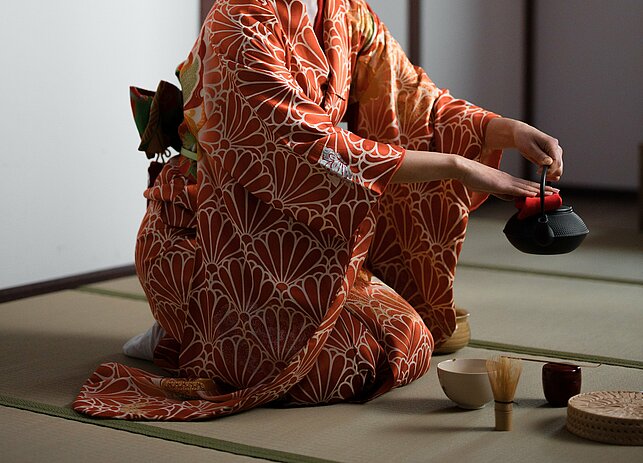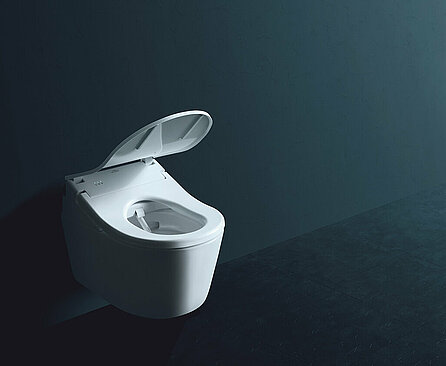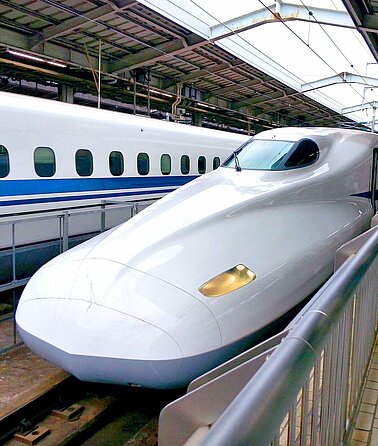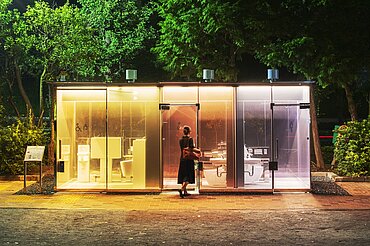What is omotenashi?
Omotenashi refers to Japan’s unique culture of hospitality that guides how people behave within society. It’s difficult to find a totally correct translation for the word. It includes connotations that go far beyond what we would commonly refer to as hospitality. The spirit of omotenashi lies in little gestures and paying attention to the small things that others may not even notice. It’s about creating an atmosphere in which guests feel welcome and taken care of. It’s a truly genuine, heartfelt thoughtfulness and courtesy that goes beyond mere politeness – without expecting anything in return.







